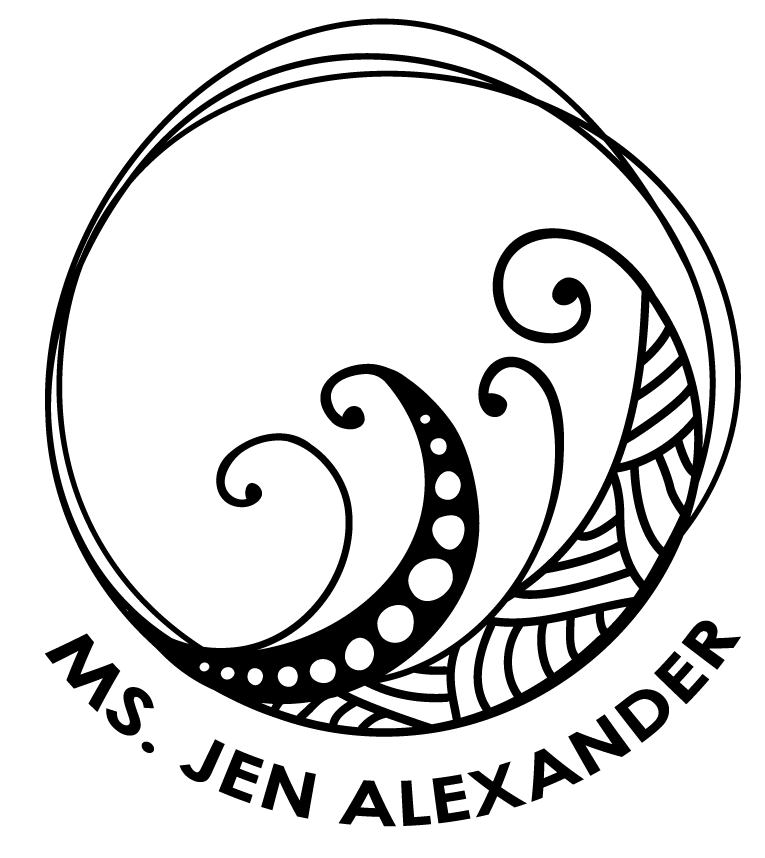Big stress is impacting educators—it’s influenced by a lack of substitute teachers, student behavior concerns, heated conflicts (e.g., over mask mandates, how history should be taught, or affirming gender identities), and more. Together, it creates distress that can increase school personnel’s vulnerability for burnout. That’s because ruptures in relationships take a toll. Many educators feel caught in the middle or unsafe; students do as well. Disinformation feeds division—all while folks are still afraid, ill, dying, or traumatized. Some people feel overwhelmed from their stress responses. Others cope by shutting their energy down (whether consciously or not). While these reactions are adaptive, they can contribute to a deeper lack of felt safety within relationships because the need for protection results in less connection instead of more. As educators, it’s time to focus on unpacking big stress in our schools so we can begin to explore how to move towards healing.
Like others, I think a lot about how we might recover from where we are—all while recognizing that recovery from trauma doesn’t happen while we’re still experiencing too much stress (and not enough support). First, how do we help one another establish real and felt safety? Next, what is it going to take to foster genuine healing in our communities eventually? Finally, how do we begin that process in a way that is not only regulating for us all but also, honors the identities, experiences, feelings, and needs of everyone—every single one—so that our connections can be authentic and empowering?
Rock, Paper, Scissors
As I sit with these questions, the concepts of safety, comfort, and freedom surface repeatedly. In fact, I’ve been applying them to the game Rock, Paper, Scissors as a critical thinking exercise. Let me explain.
You know how it goes in Rock, Paper, Scissors, right?
Scissors cut paper…
Paper covers rock, and…
Rock crushes scissors…

In this new version, the three choices are safety, comfort, and freedom. To begin, reflect on what you think should beat the other if the options were comfort, safety, and freedom (instead of rock, paper, and scissors). For example, should safety beat freedom? Does comfort win out over anything? And, when might freedom be the priority? Be ready to explore the reasons behind your decisions. Then, consider communicating about them with folks at home, school, or in the community as much or as little as you want to.
Questions for Unpacking Big Stress
As you engage in this exercise with other adults or students who are ready for it, questions from the following list may encourage deeper exploration, especially in relation to big stress. Choose the ones most relevant to your discussion.
- In terms of comfort, safety, and freedom, what do you think should beat what if it’s approached like the game Rock, Paper, Scissors? And, are there ever exceptions to your rules?
- Why might someone else view these comparisons differently than you do?
- Is comfort the same as safety? Do you think those terms ever get misused?
- How about the concepts of comfort and freedom? Are they ever mixed up?
- Would there be a time when freedom should beat safety or vice versa? Why or why not?
- How do these ideas relate to research on stress responses and moral development? Or, to history and current events?
- Could these concepts help us understand and repair current breaks in relationships? As such, does it spark any next steps for you?
Big Ideas for Moving Forward
While unpacking big stress, remember that folks need support from healthy relationships. Yet, too much stress causes dysregulation that can fuel heated conflicts via emotionally charged actions (or a shutdown), which disconnects instead of connects us. Other times, though, big action leads to needed change. This complexity reminds me of Judith Herman’s words on the importance of human connection for healing trauma.
“Traumatic events destroy the sustaining bonds between individual and community. Those who have survived learn that their sense of self, of worth, of humanity, depends upon a feeling of connection with others. The solidarity of a group provides the strongest protection against terror and despair, and the strongest antidote to traumatic experience. Trauma isolates; the group re-creates a sense of belonging. Trauma shames and stigmatizes; the group bears witness and affirms. Trauma degrades the victim; the group exalts her. Trauma dehumanizes the victim; the group restores her humanity.”
―Judith Herman (1992) in Trauma and recovery: The aftermath of violence—from domestic abuse to political terror
Based on Herman’s wisdom, educators must commit to naming the trauma impacting our communities as a way of unpacking big stress. From there, let’s honor the experiences, feelings, and needs of everyone, especially those most vulnerable. Ultimately, this requires holding space for how comfort, safety, and freedom play a role in harm (and healing). It demands that we consider when we might confuse comfort for freedom and risk others’ safety for our own comfort. Also, reflect on differences between freedom (or safety) for self vs. others. Importantly, if you’re in need of practical ideas to help your classroom community move toward healing, check out my brand new online seminar on November 16, 2021. I have trauma-sensitive tips and lesson plans to share with you. This work matters because the suffering of these pandemic school years will keep surfacing now and later until we eventually feel, deal, and heal—together.
To Learn More…
- Check out Madeline Will’s (2021) article in Education Week entitled Teachers are not okay, even though we need them to be. It explains the the need for systemic change in education to better tend to educators.
- Explore even more ideas about what teachers need in Teachers are barely hanging on, here’s what they need by Jennifer Gonzalez (2021). I especially appreciate how her suggestions are organized around time, trust, and safety.
- Read Pollock and Yoshisato’s (2021) piece called What’s going on: “Partisan” worries, and desires to discuss Trump-era events in school. They explore the complexities of nonpartisan teaching in current times. Compare it to Christie Nold’s (2021) blog post entitled To Teach the Truth. It helps readers better understand the importance of teaching about the complexity of the past. With that, students can integrate their understanding without perpetuating shame-based patterns in the future, which is something we all need.
Let’s take good care together,

#BuildingTraumaSensitiveSchools #NoticeTheNeed #MeetTheNeed #FeelSafe #BeConnected #GetRegulated #Learn #FeelingDealingAndHealing
Reference
Herman, J. (1992). Trauma and recovery: The aftermath of violence—from domestic abuse to political terror. New York, NY: Basic Books.



